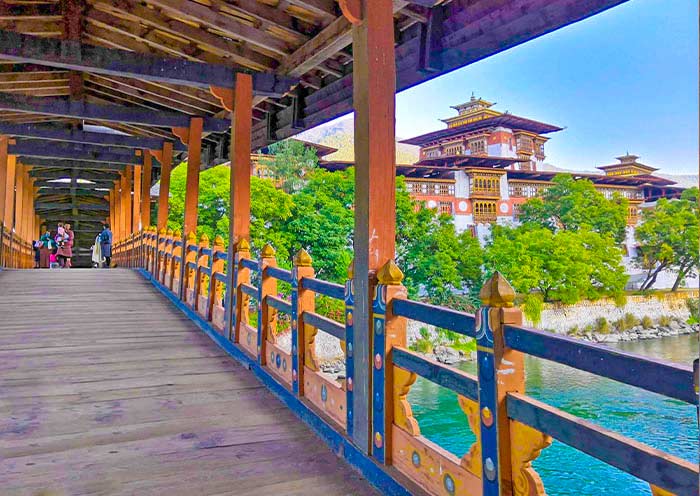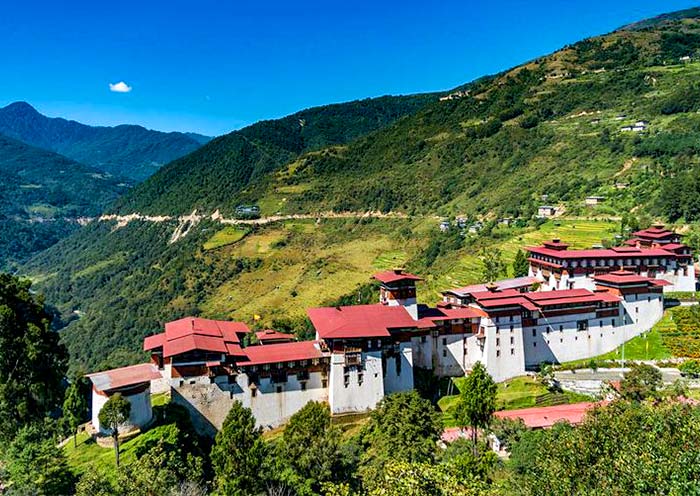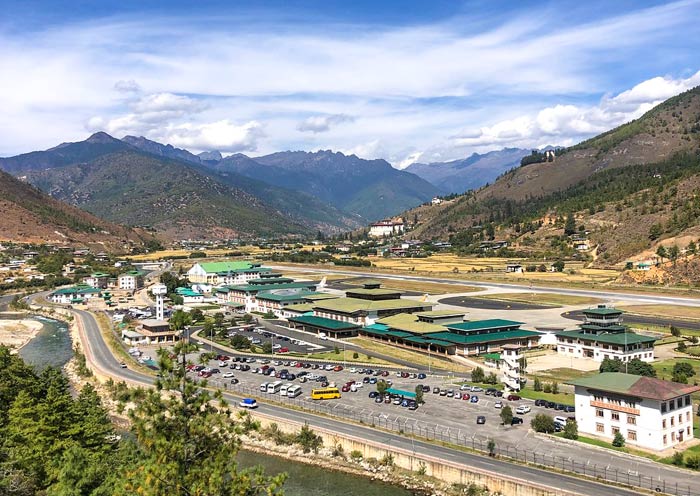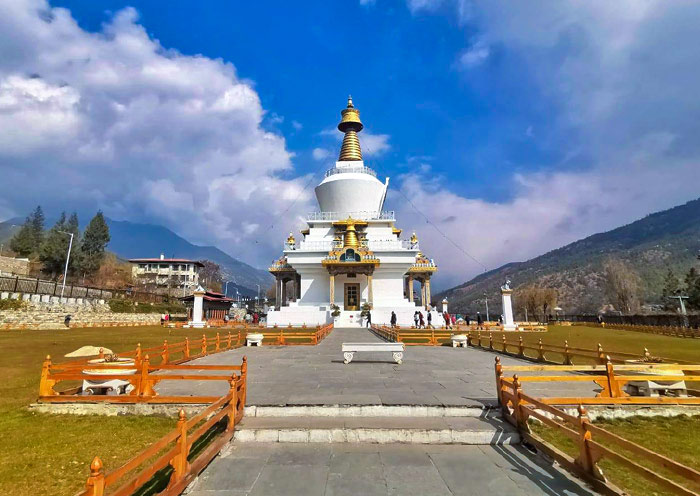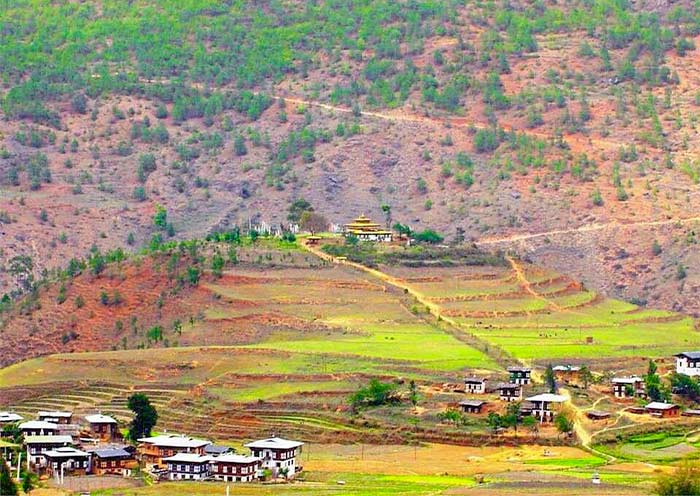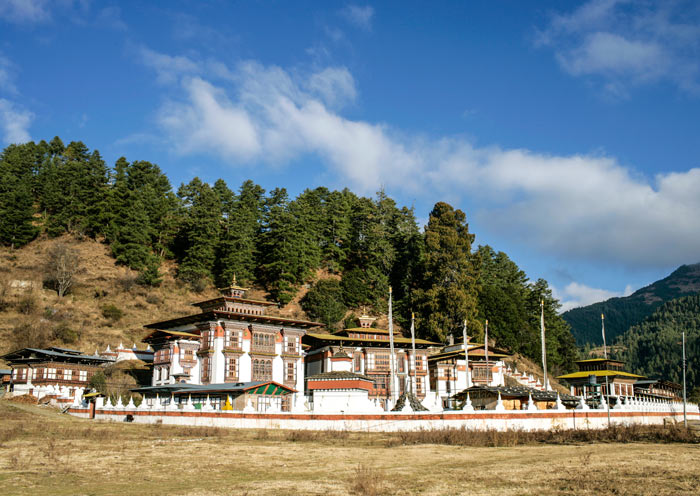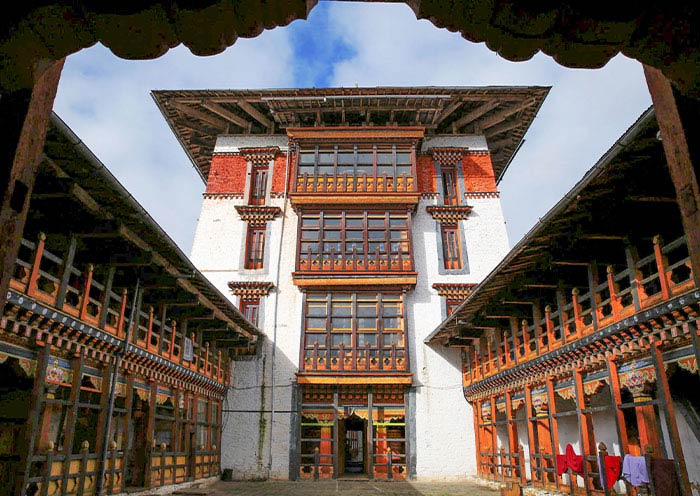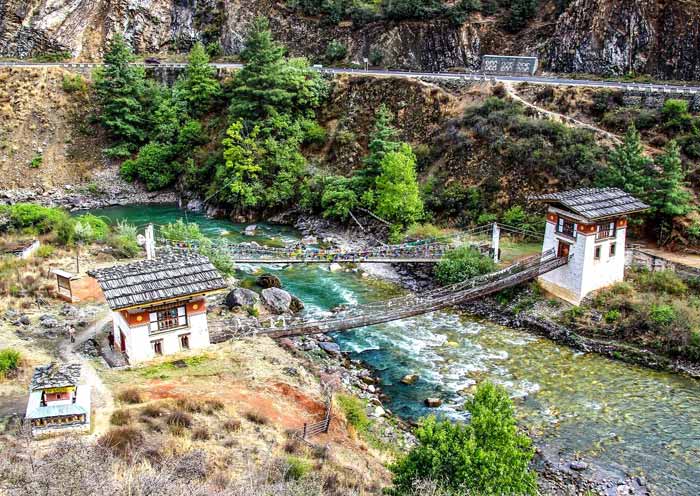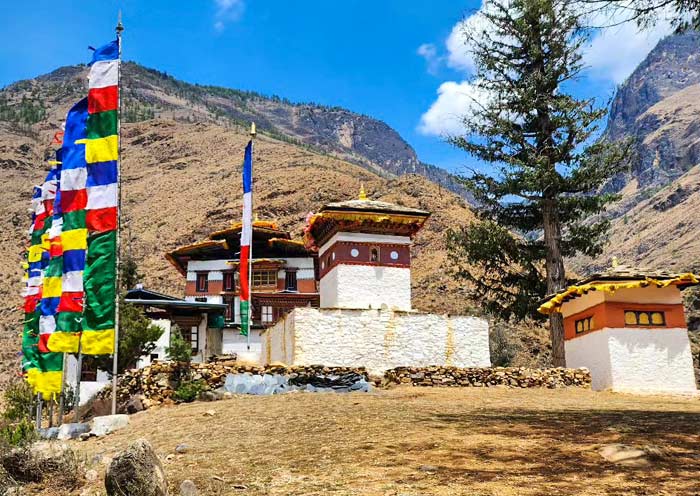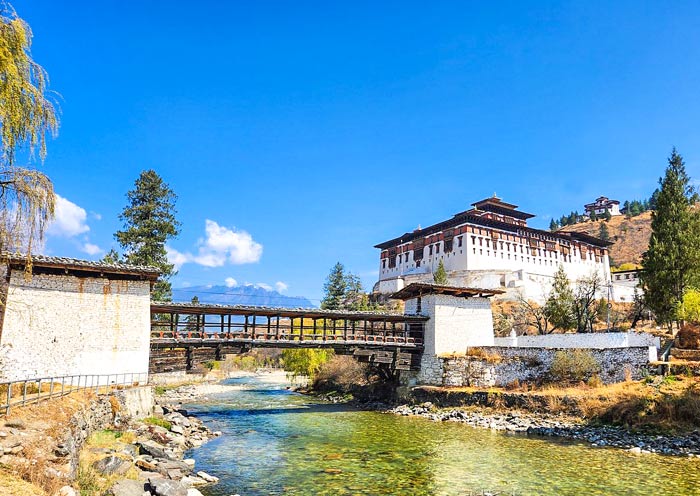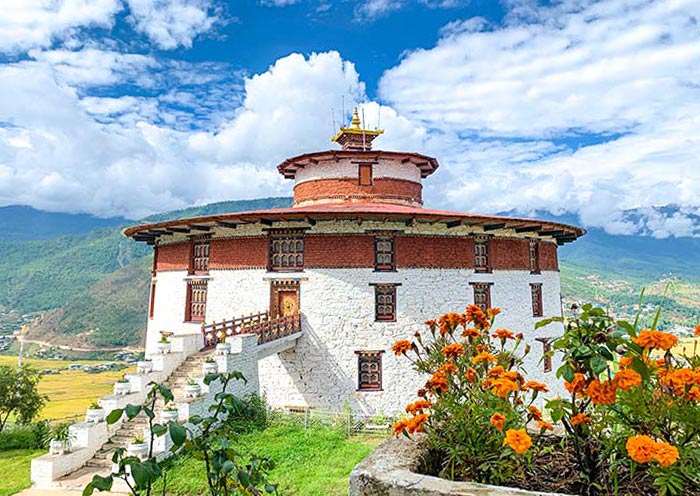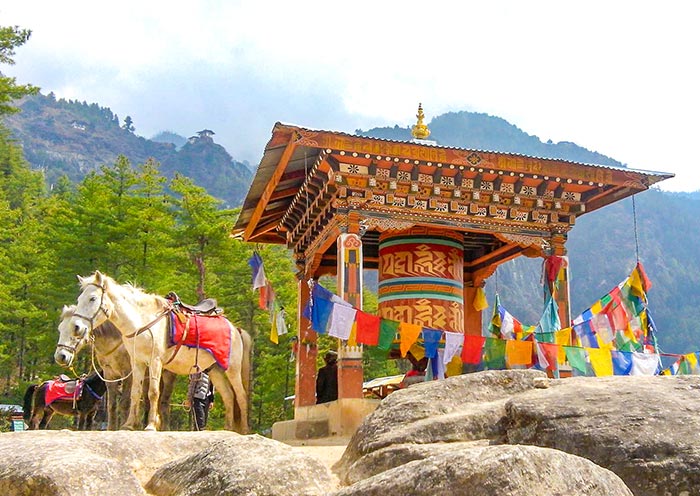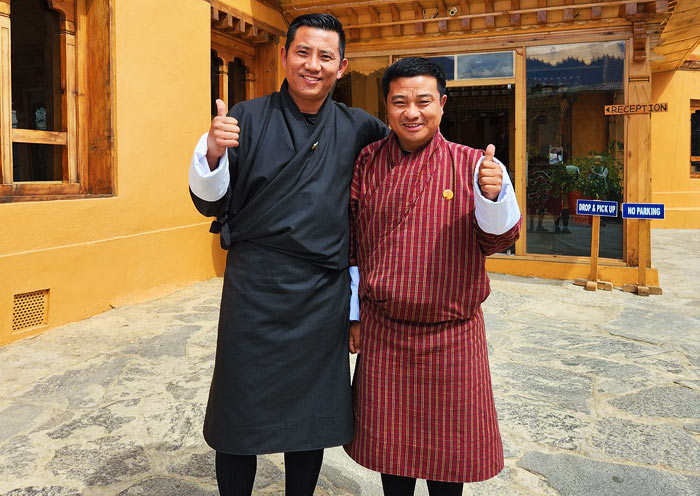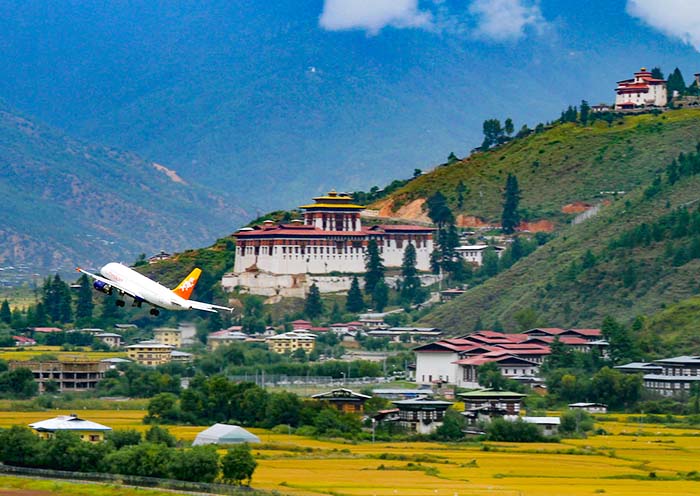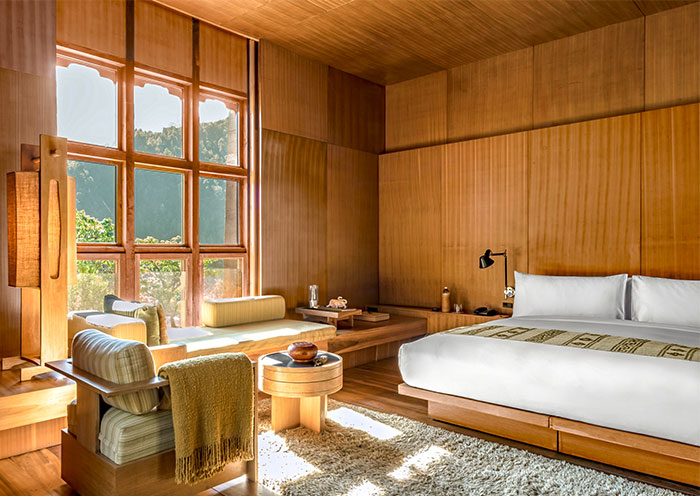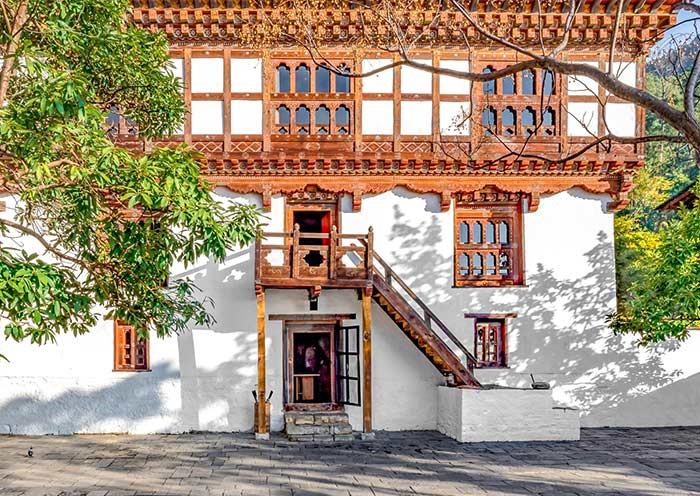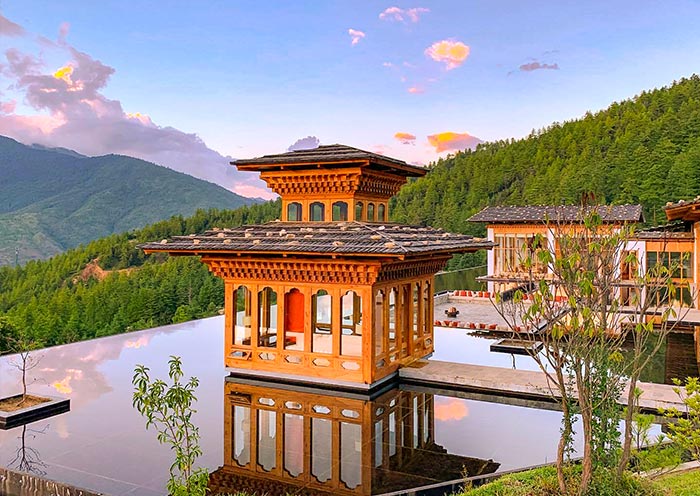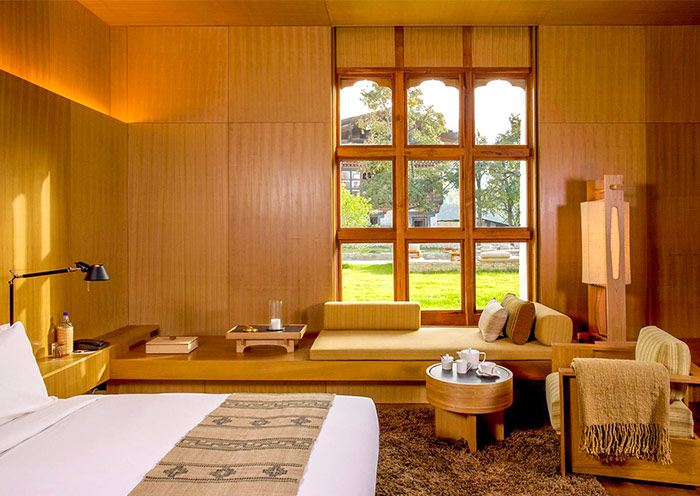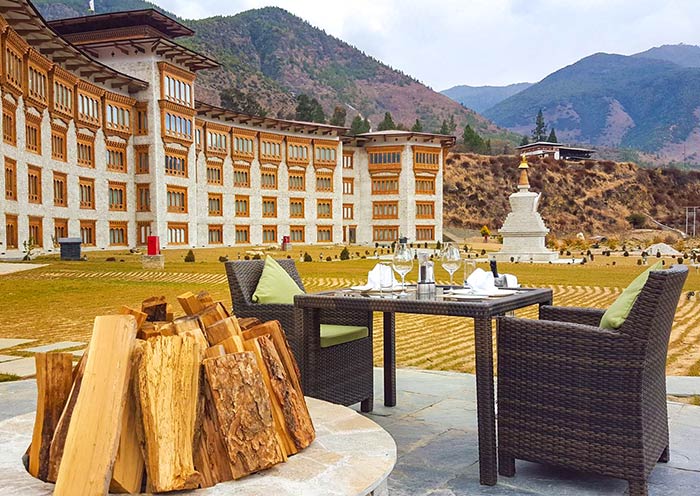Today, you will focus your exploration on the highlights of Bumthang. This region is renowned for its rich historical legacy, encompassing legendary tales of Guru Padmasanbhava, Pema Linga, and other devoted treasure discoverers known as tetrons. It can rightfully be called the heart of spirituality in the Land of Thunder Dragons. Bumthang is a captivating blend of four magnificent valleys: Chumey, Ura, Choekhor, and Tang. This flat expanse of land is adorned with numerous religious establishments, creating a picturesque tapestry. Besides its pristine natural beauty, you will encounter friendly locals, clustered settlements, and a vibrant atmosphere, all of which have contributed to Bumthang's reputation as a must-visit tourist destination in Bhutan.
After breakfast, your first stop will be Mebartsho (Burning Lake). It is a sacred site where Pema Lingpa, a renowned treasure revealer, discovered sacred treasures, Mebartsho holds immense spiritual importance for Bhutanese people. Surrounded by stunning landscapes, Mebartsho offers breathtaking views and a serene atmosphere. Visiting this holy site allows you to experience Bhutan's deep-rooted Buddhist traditions and connect with the local people.
Then, visit Kurjey Lhakhang. This temple complex holds great significance and is known for its expansive size, active religious practices, and cultural importance. It derives its name from the body print (kur) left by Guru Rinpoche. This is the very place where Guru Rinpoche, also known as Padmasambhava, successfully subdued the deity Shelging Karpo. During his profound meditation in this location, Guru Rinpoche left his physical imprint within the caves, giving rise to the name Kurjey, which symbolizes the fusion of "Kur" (body) and "Jey" (imprint). Kurjey Monastery covers a substantial area and encompasses three distinct temples within its premises. Kurjey Lhakhang comprises three buildings: Guru Lhakhang (built in 1652), Sampa Lhundrup Lhakhang (built in 1900), and Ka Gon Phor Sum Lhakhang (built-in 1900). According to ancient tales, the revered Guru Padmasambhava (Rinpoche) meditated in this very place for a period of three months during the 8th century. The upper floor of Kurjey Lhakhang is adorned with 1,000 small statues of Guru Rinpoche, adding to the spiritual ambiance. As you approach the entrance of the temple, you will be greeted by a majestic cypress tree, believed to have sprouted from Guru Rinpoche's walking stick. This sacred site is a must-visit destination in Bumthang, offering a profound and awe-inspiring experience.
Next, let's proceed to Jambay Lhakhang, one of Bhutan's most ancient temples. This remarkable temple is believed to have been constructed in 659 by King Songtsen Gampo of Tibet, on the same auspicious day as Kyichu Lhakhang in Paro. Its purpose was to subdue a Tibetan demoness, with the temple said to have pinned her left knee. Guru Rinpoche also visited this temple, and it underwent renovations by Sindhu Raja after the Guru revitalized his life force. Jambay Lhakhang exudes an unmistakable sense of antiquity, making it a truly captivating site in the valley. Inside the main Jampey (Jampa) Lhakhang, you will discover three stone steps that symbolize three different ages. The first step represents the past, the time of the historical Buddha, Sakyamuni. This step has descended into the ground and is covered with a wooden plank. The next step represents the present age and is level with the floor. Finally, the top step represents the future, signifying a new age. It is believed that when the step representing the present age sinks to ground level, the gods will assume human form and the current world will come to an end. Make sure to explore the inner sanctum, where you will find the central figure of Jampa, the Buddha of the future, depicted with his feet resting on an elephant. This section is the oldest part of the oldest chapel in Bhutan and holds great historical significance. As you take the inner kora path around the chapel, you will be surrounded by ancient murals depicting 1,000 Buddhas, adding to the spiritual ambiance. Don't forget to also admire the Kalachakra Temple and two large stone chortens during your visit.
Later, you'll visit Jakar Dzong. According to legend, in 1549, a group of lamas gathered to find a suitable location for a monastery. Suddenly, a magnificent white bird took flight and landed on a hill spur. This extraordinary event was interpreted as a universal sign, leading to the selection of that very hill for the construction of the monastery, which came to be known as Jakar Dzong. The sheer magnificence and scale of Jakar Dzong, coupled with the stone pathway meandering through the verdant forest, have enchanted countless travelers. Established in 1549 AD under the guidance of Lam Ngagi Wangchuk, who journeyed to Bhutan to disseminate the teachings of Drukpa Kagyu, Jakar Dzong stands as a resplendent and formidable structure. Ascending to the top of Jakar Dzong, you'll be rewarded with an awe-inspiring view of the enchanting Choekar Valley in Bumthang.
If time permit, don't miss the opportunity to explore the Yathra Weaving Centre (Optional), a delightful establishment that showcases textiles crafted from sheep and yak wool. At the center, you will witness skilled women intricately weaving designs on their backstrap looms, observe the natural dyeing process of wool, and gain insight into other fascinating techniques. Yathra refers to the traditional wool weaving style characterized by elaborate patterns indigenous to the Chumey Valley in central Bhutan's Bumthang region. It is worth noting that almost every family in Chumey owns a backstrap loom, and girls as young as 8 years old are learning the art of weaving. The Yathra products available at the center make for unique and cherished souvenirs, serving as the primary source of income for the people of Bumthang.






